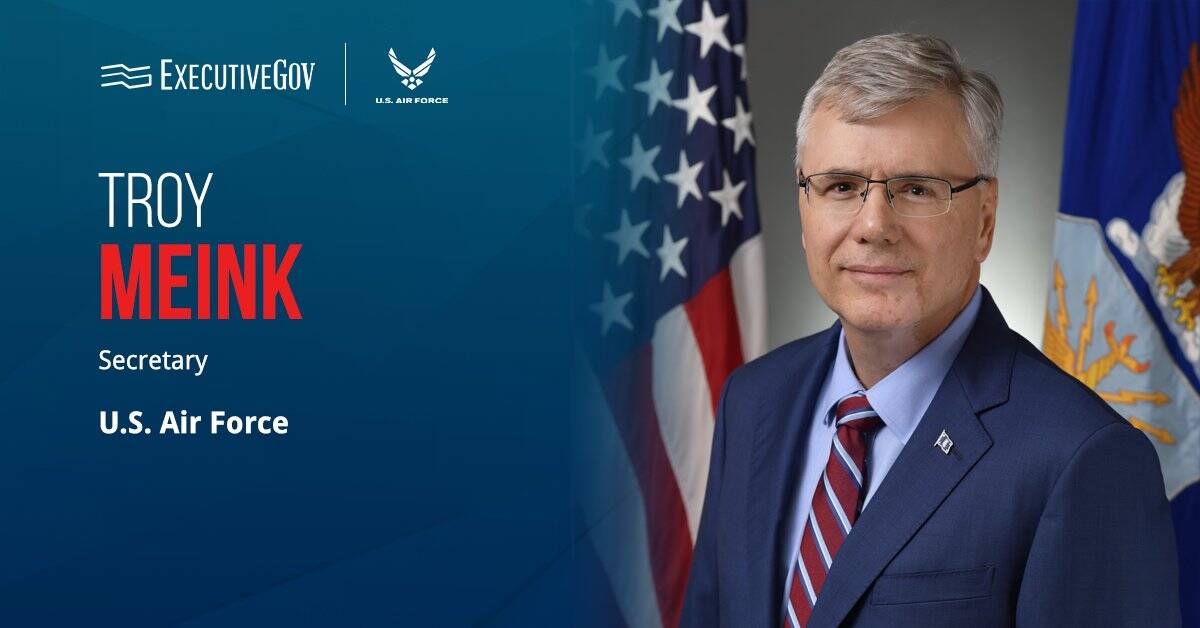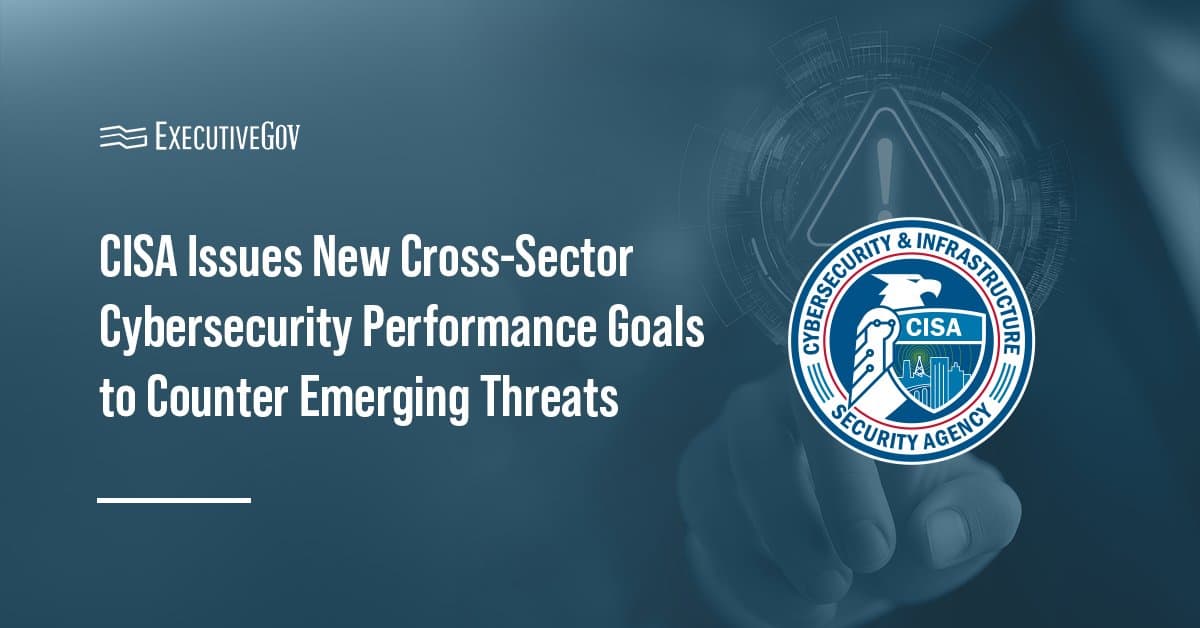A group within the Professional Services Council has released a new paper that discusses roles and contributions to the U.S. Agency for International Development’s localization goals.
PSC said Monday its Council of International Development Companies encourages USAID to make local organization funds part of the agency’s locally led development goals.
USAID wants to achieve allotting 25 percent of its assistance work to local partners. The paper, titled “Grants Under Contracts and Local Subcontracts: Helping Meet USAID’s Locally Led Development Goals,” states that implementing partners contribute to this percentage by programmatically involving local organizations.
This contribution aligns with USAID’s draft policy for local capacity development. In August last year, CIDC published a paper about perspectives on localization.





